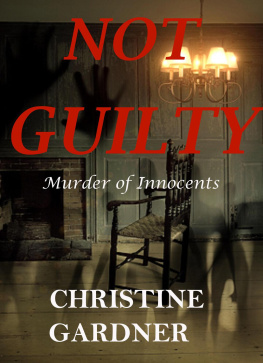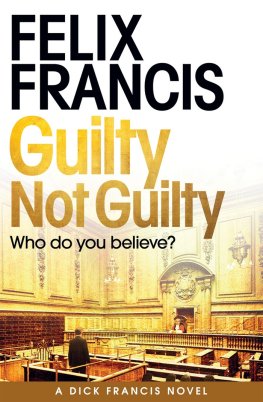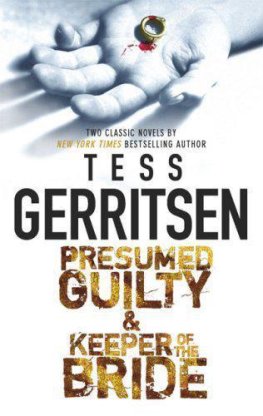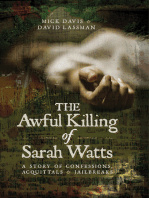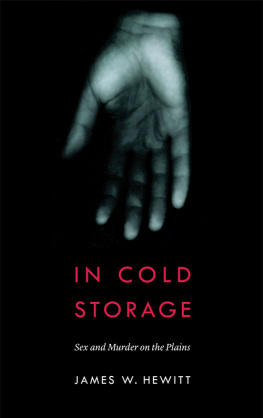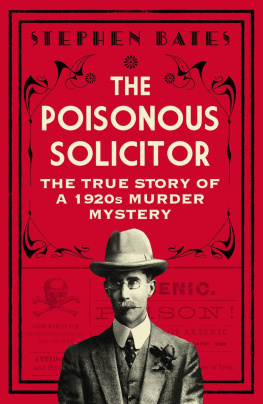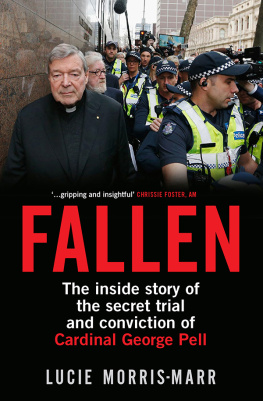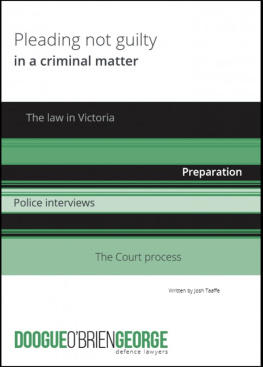2012 Christine Gardner
In Bendigo Cemeterys Lavender Walk you can find a plaque, on a flat earthen grave, stating simply Dorothy, Eric and Ida, Died 1910. In Gods Care. This is their story.
Other Books by the author
Non-fiction
Demented Mothers
Fiction
Her Flesh and Blood
Connections
Dark Innocence
The Inheritance
The Letter
Stony Creek (Book 1, Red Dust Series)
The Road to Karinya (Book 2, Red Dust Series)
Red Wine and Summer Storms (Book 3, Red Dust Series)
For Young Adults and Children
Sanctuary
Last Chance
Beast of War
No-ones Good at Everything
ChilliThe Great Hunter
. Veneer of Respectability
2. Friends and Lovers
3. Retribution
4. The Crime Scene
5. The Inquest
6. The Trial
7. The Verdict
8. The Transfer
9. Sisters of the Good Shepherd
10. A New Home
Appendix 1. Truth Reports on the Murders.
Appendix 2. Truth Reports on the Inquest.
Appendix 3. Truth Reports on the Trial.
Appendix 4. Governors letter releasing Camellia to George Clancy.
Justice ABeckett then asked if there was any difference between the fury she worked herself into and the fury which a physically sound and vindictive man might work himself into against the person who had offended him. Dr. Gaffney replied In the case of a strong man it was anger, and anger alone and resentment. In this case it was not that so much as worry and anxiety about her own condition.
Authors Note
This is not a whodunit; there is no mystery here about who committed the brutal murders of three children. The crime is vividly described both by the police and the perpetrator, with no room for doubt as to what happened, as well as the how and when of the crime. The killer even tells us quite firmly and consistently why she did it, but if there is any mystery it is in the why. The judge at the trial instructed the jury to decide if the crime was that of an insane woman or one who was simply vindictive and vengeful. Was their judgement correct? Make up your own mind.
I have changed the name of the father of the children as a courtesy to his descendants and have not disclosed the full address of the house where the murders happened for a similar reason. The killer herself has no descendants.
Everything else in this story is fact, or, in the case of some of the more creative newspaper articles, not entirely! Some of the letters and other records may be grammatically incorrect or contain spelling mistakesI have left these as they are. I feel I should warn readers that some of the material, as described by the newspapers and coroners reports, is very graphic. The Appendices section at the end is a copy of records already used in part within the book and I have included that as I know some readers will find the records themselves of interest, as I do.
CHAPTER ONE : Veneer of Respectability
The neighbour heard very dreadful screams which continued for about half an hour.
Later Bendigo generations would know it as the house where the axe murderer killed her children, but in 1910 the two storey residence was one of several middle-class homes in a respectable area. By the end of the 20th century the story had been forgotten or relegated to the land of the urban myth. The house still stands, a little faded and worn, but a home with many stories no doubt more pleasant than this one.
The McDonalds appeared to be a respectable middle-class married couple. The man of the house, George, managed the local jam factory, while his partner, Camellia, looked after their three young children and ran the household. The house was a substantial property, suitable for a man in Georges position; downstairs there were a kitchen, two pantries and a wood cellar, while upstairs there were two bedrooms, a sitting room and a drawing room. There were also three smaller rooms in the basement, making it quite a sizeable dwelling.
The interior of the rented house though, away from public view, was far from lavish. According to the local newspaper, the furniture was scanty. The front room held a piano, which was described as old even though it was not yet fully paid for, along with a few chairs. Another room opposite contained an old couch and a small table. In the main bedroom there was a double bed and a chest of drawers, while the childrens room contained nothing but a hammock made from old bags sewn together. The other rooms on the ground floor were used to store lumber and a considerable quantity of rubbish. Downstairs, the breakfast room held a dining-table, with an old armchair in one corner and a chest of drawers in another.
Like their home, the McDonald family was not quite what it appeared on the surface. The couple were not married; George had an estranged wife and five adult children and Camellia was a single woman. The relationship had become difficult, with constant arguments; Camellia accused George of having another mistress and of not spending enough time with her and the children. On that critical day in August 1910, she warned him if he left her and the children alone again on a Sunday he would regret it. Shed made threats before but this time George would regret spending that day away from his family.
When the couple first met, in 1900, George had already been living apart from his wife for several years. He had a property in South Sassafras, near Ferntree Gully, and for some time also ran a local grocery store and butchery, with the sale of rum as a profitable sideline. He was a member of the local council for several years and helped form a co-operative of local growers which was the basis for the Monbulk Jam Factory. Camellia lived with her mother and sister on a nearby property and was around twenty years old, while George was forty-four. When he became manager of the Ferntree Gully factory he employed Camellia as a clerk and the relationship began.
According to the Truth, a Melbourne tabloid newspaper, George lured Camellia like a spider lures a fly. They sat together in the office chair where billing and cooing was indulged in with the inevitable result. She returned home one evening no longer a virgin. This chair was evidently a key symbol for Camellia of their relationship, as will become apparent later in the story. Georges housekeeper left, perhaps because of the disgrace involving her employer, and George moved into the same hotel where Camellia was living.
Truth states that the scandal became so manifest that the directors and shareholders of Monbulk intervened. George continued working at the factory but perhaps the directors insisted the couple leave the area, so their scandalous relationship wouldnt affect the companys reputation and therefore their profits. Truth was careful to state that the couple were not living together at the hotel, clearly not wanting to damage the hotels reputation, so the necessity of moving perhaps became the incentive for George and Camellia to live as man and wife.
Next page
